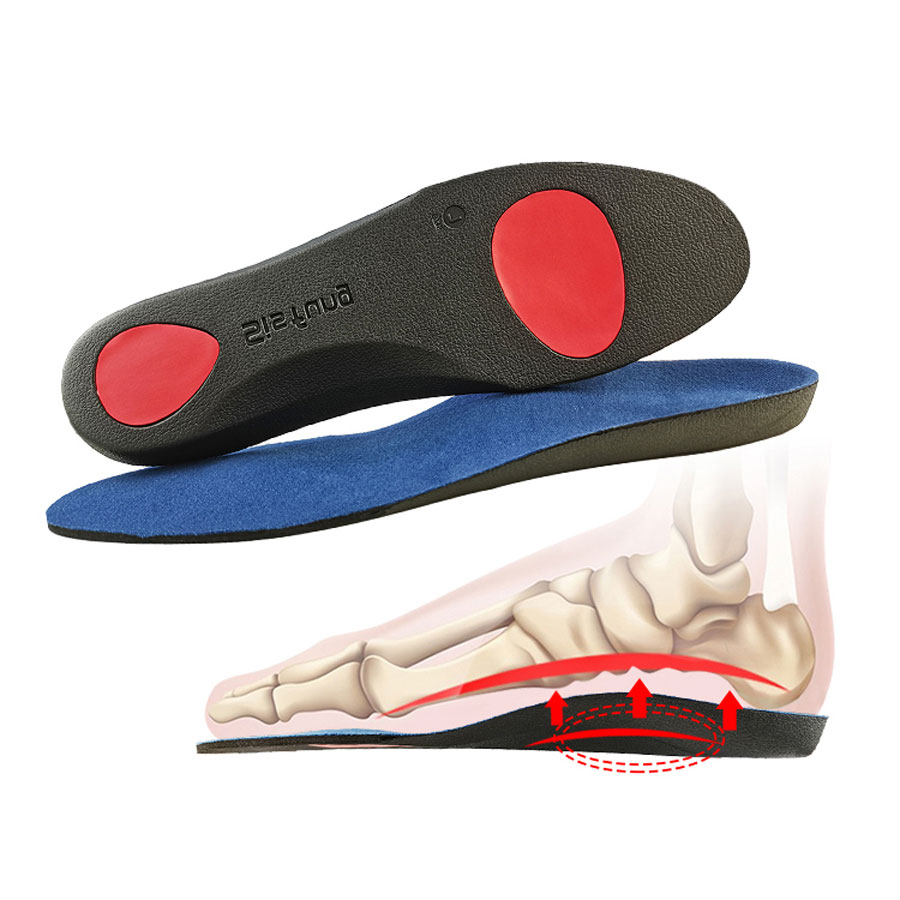What do orthotic insoles do?
2024-01-06
Orthotic insoles, also known as orthotics or shoe inserts, are specially designed devices that are placed inside footwear to provide support, improve foot function, and alleviate various foot-related issues. These insoles are typically made from a variety of materials, including foam, gel, or rigid plastic, and they are crafted to address specific foot conditions or biomechanical problems. Here are some of the key functions and benefits of orthotic insoles:

1. Foot Support: Orthotic insoles are designed to provide additional support to the arches of the feet. This can be particularly beneficial for individuals with flat feet or high arches, as well as those who experience overpronation (rolling inward) or supination (rolling outward) during walking or running.
2. Alignment Correction: Insoles can help correct poor foot and ankle alignment. They may realign the foot and ankle bones, improving overall lower limb alignment. This is especially useful for individuals with conditions such as overpronation, which can contribute to various foot, knee, hip, and lower back issues.
3. Pressure Redistribution: Orthotic insoles can redistribute pressure on the feet, providing cushioning and reducing excessive force on specific areas. This is particularly helpful for individuals with conditions like plantar fasciitis, metatarsalgia, or diabetic foot ulcers.
4. Shock Absorption: Some orthotic insoles are designed to absorb shock during walking or running. This can help reduce the impact forces transmitted through the feet, ankles, knees, and lower back, providing relief for individuals with conditions like arthritis or joint pain.
5. Pain Relief: By providing proper support and alignment, orthotic insoles can help alleviate various foot pains, including heel pain, arch pain, and ball-of-foot pain. They are often recommended as part of the treatment plan for conditions such as plantar fasciitis.
6. Improved Functionality: Orthotic insoles can improve the overall functionality of the feet and lower limbs, enhancing gait (walking pattern) and balance. This can be particularly important for athletes or individuals with specific biomechanical challenges.
7. Prevention of Injuries: For individuals engaged in sports or physical activities, orthotic insoles can help prevent injuries by providing proper support, stability, and shock absorption. They are commonly used as a preventive measure for athletes or individuals at risk of developing foot-related problems.
It's important to note that while orthotic insoles can be beneficial for many individuals, they are most effective when customized to address specific foot issues. Consulting with a healthcare professional, such as a podiatrist or orthopedic specialist, can help determine the most appropriate type of orthotic insole for an individual's specific needs.


